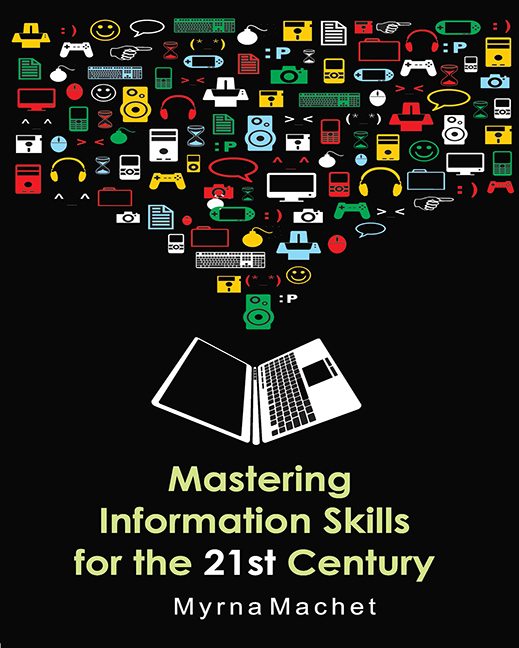10 - Taking Notes
Published online by Cambridge University Press: 28 February 2020
Summary
Introduction
In the last chapter we discussed finding information that you needed for our assignment. In this chapter we are going to look at reading for writing. We are going to discuss different types of reading that you need for study purposes because you do not need to read everything in the same way. The types of reading we discuss are skimming, scanning, speed reading and study reading. We are also going to look at note taking and different ways of text mapping. This is very important because if you do not read and take notes effectively, you will be unable to write effectively. We will also learn about the ethical use of information and plagiarism.
Reading skills for studying
One of the most important things about reading for studying is that it is not a passive activity - it is active. You have to get involved with the text by making predictions, identifying the main ideas, agreeing or disagreeing with what is stated, and coming to conclusions. When we read, we bring our own knowledge of the world and of the subject to our reading. This helps us decide on the meaning of the text and to decide whether or not we accept what is said in the text.
What reading skills do you need for studying?
When you read for study purposes, such as for an assignment or exam, you will need to read a number of different items such as chapters in a textbook, articles, or your study notes. Also in order to answer assignment questions you will need to find information on a particular topic and link information from different sources. Your awareness of information and where to find it will play an important role here. In order to do this as speedily and effectively as possible, it is important to have a number of different reading techniques that you use as required.
You use different reading techniques according to the material you are reading and your purpose in reading it. We are going to talk about the following reading techniques which will help when reading large sections of text:
• speed reading
• skimming
• scanning
• study reading
- Type
- Chapter
- Information
- Mastering Information Skills for the 21st Century , pp. 156 - 180Publisher: University of South AfricaPrint publication year: 2012

